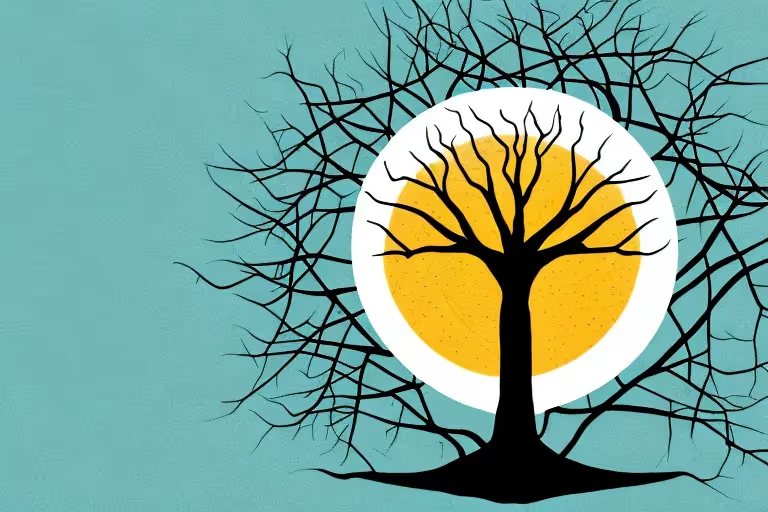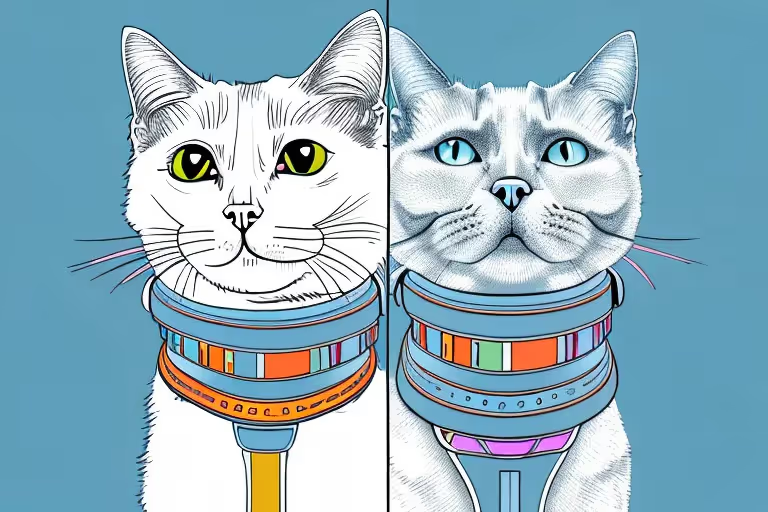Meditation For Kids - Aura
Introducing meditation to children can be a transformative experience, offering them tools to manage stress, enhance focus, and cultivate a sense of inner peace. In a world where distractions are plentiful, teaching kids the art of meditation can provide them with a lifelong skill for maintaining mental well-being. This guide aims to demystify the process, making meditation accessible and engaging for children.
Understanding Meditation for Kids
Meditation for kids is about creating a fun, engaging, and calming experience that teaches them how to be present. It's not just about sitting still and being quiet; it's about helping them tap into their inner world in a way that feels natural and enjoyable.
Recent data shows that children who practice meditation benefit from improved attention, decreased stress and anxiety, and better emotional regulation. These skills are invaluable in navigating the complexities of growing up in today's fast-paced world.
Why Meditation Matters for Kids
Despite the common perception that childhood is a carefree time, kids today face a significant amount of stress. Academic pressures, social dynamics, and the constant stimulation of technology can create a cocktail of anxiety and distraction. Meditation offers a way for children to learn how to calm their minds, focus their attention, and respond to stress in a healthy way.
Moreover, meditation can enhance creativity, empathy, and patience, qualities that are essential for personal development and interpersonal relationships. By learning to meditate, kids can gain a deeper understanding of their emotions and how to manage them, fostering resilience and well-being.
How to Introduce Meditation to Kids
Introducing meditation to kids should be approached with flexibility and creativity. The key is to make it appealing and accessible, using language and activities that resonate with their age and interests. For example, using visualization techniques that involve their favorite places or characters can make the practice more relatable and engaging.
It's also important to set realistic expectations. Kids may find it challenging to sit still or keep their minds focused at first. Encouraging short, playful sessions can help them ease into the practice without feeling overwhelmed or frustrated.
Simple Meditation Techniques for Kids
There are several meditation techniques that are particularly well-suited for children. These methods focus on simplicity and engagement, ensuring that kids can follow along without difficulty.
Choosing the right technique can make a significant difference in how children perceive and engage with meditation. Below are some accessible methods to get started.
Breathing Exercises
Breathing exercises are a fundamental aspect of meditation that can be easily adapted for kids. Teaching them to focus on their breath helps to anchor their attention in the present moment, providing a simple yet effective tool for calming the mind.
One popular technique is the "balloon breath," where kids imagine inflating a balloon with each inhale and deflating it with each exhale. This visual aid not only makes the exercise more fun but also helps them understand the concept of deep, mindful breathing.
Guided Imagery
Guided imagery is another powerful technique that leverages children's vivid imaginations. It involves leading them through a story or scenario in which they can visualize peaceful, happy places or situations. This method not only promotes relaxation but also enhances creativity and emotional awareness.
For instance, guiding them on a mental journey through a magical forest or along a serene beach can provide a calming escape from the stresses of daily life, while also teaching them how to access these peaceful states on their own.
Creating a Meditation Routine for Kids
Consistency is key when it comes to meditation. Establishing a routine can help children integrate meditation into their daily lives, making it a habit that they can carry into adulthood.
However, this doesn't mean that meditation needs to be rigid or formal. Finding the right balance between structure and flexibility is essential for maintaining their interest and commitment.
Choosing the Right Time and Place
Just like adults, kids benefit from meditating at the "same time, same place" every day. This helps to create a sense of ritual and importance around their meditation practice. However, the best time and place will depend on each child's schedule and preferences. Some may find it easier to meditate in the morning before school, while others may prefer a quiet moment before bedtime.
The meditation space should be comfortable and free from distractions. It can be helpful to create a special meditation corner with cushions, blankets, or even a few favorite toys to make the space inviting and personal.
Making Meditation Fun
Keeping meditation fun and engaging is crucial for kids. Incorporating elements of play, such as using meditation apps, playing calming music, or even meditating together as a family, can make the practice more enjoyable.
Apps like Aura Health offer a variety of guided meditations designed specifically for kids, making it easier to introduce them to the practice and keep them engaged over time. With a range of themes and durations, Aura Health can be a valuable resource in creating a meditation routine that fits the unique needs and interests of each child.
Meditation can be a wonderful gift for children, providing them with the tools to navigate life's challenges with grace and resilience. By introducing them to meditation in a way that's engaging and accessible, we can help them cultivate a sense of inner peace that will support their well-being throughout their lives. Aura Health's meditation resources for kids are designed to make this journey as enjoyable and effective as possible, offering a pathway to a calmer, more focused, and happier life.
Benefits of Meditation for Kids
Aside from the immediate benefits of reduced stress and improved focus, meditation can have long-lasting positive effects on children's overall well-being. Regular meditation practice can help kids develop emotional intelligence, self-awareness, and resilience, which are essential skills for navigating the challenges of adolescence and adulthood.
Studies have shown that children who meditate exhibit higher levels of empathy, compassion, and self-control. These qualities not only contribute to better mental health but also lead to improved social relationships and academic performance.
Furthermore, meditation can enhance cognitive functions such as memory, concentration, and problem-solving abilities. By training their minds to focus and stay present, children can improve their academic performance and excel in various areas of their lives.
Physical Benefits of Meditation
In addition to the mental and emotional benefits, meditation can also have positive effects on children's physical health. Regular practice has been linked to reduced blood pressure, improved sleep quality, and strengthened immune function.
By promoting relaxation and reducing the body's stress response, meditation can help children combat the negative effects of chronic stress and anxiety. This, in turn, can boost their overall health and well-being, setting a foundation for a healthy lifestyle in the long run.
Guidelines for Parents and Educators
Parents and educators play a crucial role in supporting children's meditation practice. By creating a supportive environment and modeling mindfulness themselves, adults can inspire kids to embrace meditation as a valuable tool for self-care and personal growth.
Here are some guidelines for parents and educators looking to introduce meditation to children:
Lead by Example
Children learn best by observing the behavior of adults around them. By incorporating meditation into your own daily routine, you can show kids the importance of mindfulness and self-care. This can inspire them to join you in meditation or develop their practice independently.
Encourage Open Communication
It's essential to create a safe space where children feel comfortable sharing their thoughts and experiences with meditation. Encourage open communication about how they feel during and after meditation sessions, and be supportive of their journey towards greater self-awareness and emotional regulation.
Be Patient and Supportive
Every child is unique, and their meditation practice will evolve at its own pace. Be patient and supportive, offering encouragement and guidance without imposing expectations or judgments. Celebrate their progress and efforts, no matter how small, to foster a positive attitude towards meditation.
Conclusion
Introducing meditation to kids can have profound benefits for their mental, emotional, and physical well-being. By making meditation fun, engaging, and accessible, we can empower children with valuable tools for managing stress, enhancing focus, and cultivating inner peace.
With the right guidance and support from parents and educators, children can develop a lifelong practice that enriches their lives and equips them with essential skills for navigating the challenges of growing up. By embracing meditation as a family or classroom activity, we can create a culture of mindfulness and well-being that nurtures the next generation.
Aura is Your All In One App for Meditation, Mindfulness Wellbeing
Find peace every day with one app for your whole well-being. There is no one-size-fits-all solution to mental well-being. Aura is the first all-in-one wellness app that learns how to best help you. Discover an endless library of expert-created tracks for your well-being, all taught by the world’s best coaches, therapists, and storytellers. With Aura's personalized recommendations, you can find peace every morning, day and night.



.webp)






.avif)

%20(1).avif)


.avif)
.avif)
.webp)


.avif)


















































































































.avif)

















.svg)









